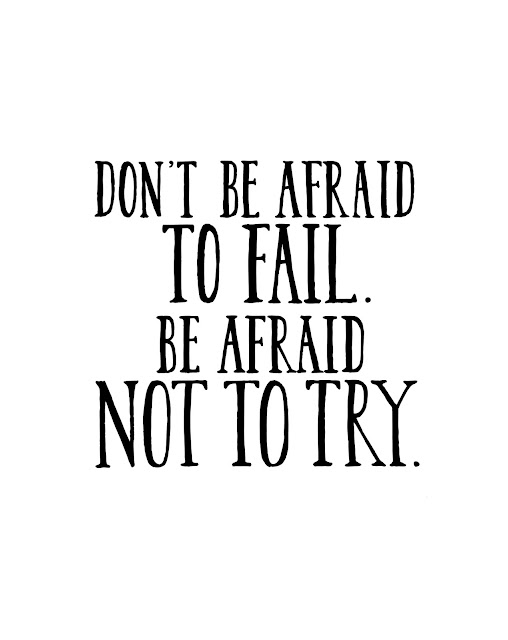Our group decided to bring alive a business idea of one of our group members. He had been wanting to create a food truck similar to "Waffle Love" but with his own flare-- incorporating his love for scones. The name was already decided previous to our meeting: "Get Sconed". Since we all thought this was a fun, creative name we went with it.
My job was to design the logo. We talked first about what type of image we wanted to portray. We wanted to be high energy, fun, a little hipster-retro, and eye-catching. We decided on a color scheme with some nice complementary colors and some contrast in values. This was the scheme we decided on:
With our colors chosen, we had to find a font that fit the image we were going for. We found 2 fonts that were 100% free on dafont.com. We went with one fancy font that we felt had the effect we were going for, and a complementary simple font that was easy to read and worked nicely when placed near by. These are the fonts we used:
Next it was time to decide on a logo design- this was where I came in. I started with some mock-ups. I had about 15 ideas that I sketched up and later presented to the group. Here are a few of my rough sketches-

You can see the tally marks next to a few of the sketches. Those were our group votes. As you can tell, some were more popular than others-- so I took the top ideas and made them into comprehensive outlines in Illustrator. Here is an example of a few of the finalized comprehensives I made:
While there were quite a few more options I came up with- these were the top competitors. The very top logo in this image was the finalized product. The two underneath were runners-up. We felt like the top logo really gave that "blast" of excitement we were looking for. It incorporated our colors in a way that was easy to read and appealing to look at. Even though it was not actually my personal favorite, it was a favorite of the client which is the most important person to please, and the overall pick from the group.
The logo incorporates symmetrical balance, continuity, simplicity, and contrast. It has the feel and effect that I think the group was going for, and I think it could be used as a true logo for a professional business.































